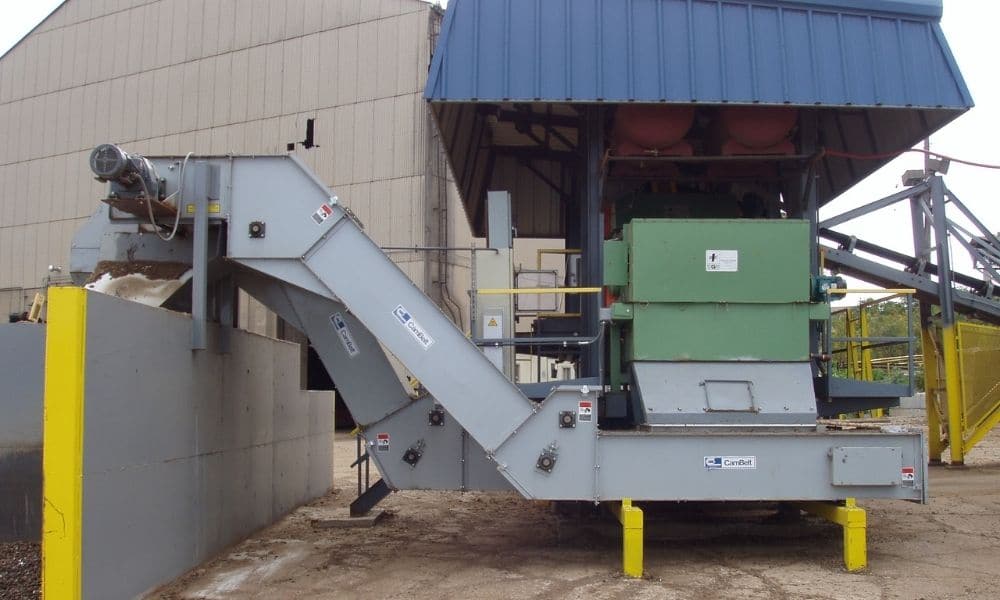
Maintaining your conveyor system may seem like a hassle, but it’s much better to invest in consistent upkeep than frequently replacing parts or whole systems. That’s why you should keep up with your preventative maintenance, so you won’t struggle with bigger breaks later. Here’s a priority preventative maintenance checklist for your conveyor systems so you can start on the right foot.
Frequent Inspections
The most important part of preventative maintenance is frequent inspections of your systems. If you wait around until you notice a problem, then it’s already too late. It’s best to schedule inspections every week or two so you can find any issues before damage spreads and slows down your work.
Examine Your Belts
A common area for issues are your conveyor belts since they experience the most use. Look for signs of wear and tear that might get worse if left unattended, such as holes or thinning. You can often patch up these problems, but you might need to replace the belt if they’re very bad. Be on the lookout for other belt issues too, such as misalignment or slippage. Both can cost you efficiency.
Clean Your Conveyors
Belt conveyors don’t stay clean throughout their use; debris and dust can slowly accumulate on them. You shouldn’t neglect taking care of such issues because they’ll eventually cause problems. If left unclean, belts often become unaligned or slip from place, costing a lot of efficiency. Such actions could even damage the system and product.
Keep To the Schedule
Every manufacture has a list of maintenance and a lifetime for all their systems. Follow these schedules. All systems are a bit different. Even if they’re the same inclined cleated belt conveyor, your system will be unique. General advice won’t address every problem you have with your system, though. Only the manufacture can tell you what it needs.
This is the priority preventative maintenance for your conveyor systems that you should follow. Follow the instructions from the manufacturer before you listen to general advice, as they know best. However, running frequent inspections and responding to any reported damage quickly are the best things you can do for any conveyor system.
